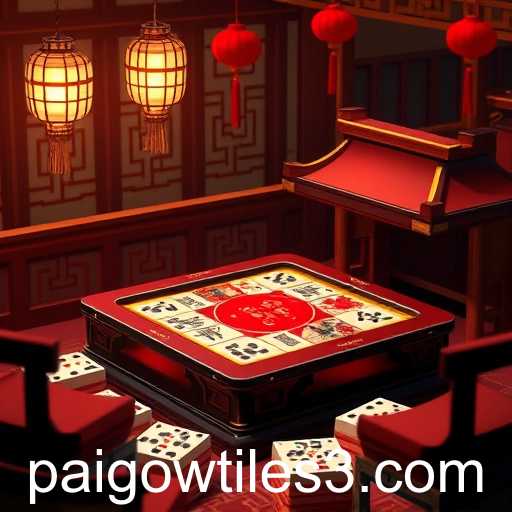Discover the ancient and strategic game of Pai Gow Tiles as it gains popularity in modern gaming platforms.
In recent years, Pai Gow Tiles, a game deeply rooted in ancient Chinese culture, has experienced a resurgence in popularity on online gaming platforms. As we navigate through 2025, this intricate game that combines elements of strategy, skill, and luck is captivating a new generation of gamers.
Traditionally played with 32 Chinese dominoes known as tiles, the objective of Pai Gow is to create two hands that beat the banker's hands. What sets this game apart from other casino offerings is its slow pace, strategic depth, and the communal atmosphere it fosters. Players often work together to beat the house, a feature that has allowed online platforms to create communities around the game.
With its growing popularity, several online gaming websites have begun to include Pai Gow Tiles as a staple in their offerings. This expansion is not only bringing cultural heritage to the forefront but also driving innovation in how traditional games are digitized for a global audience.
Commentary within the gaming community highlights the appeal of Pai Gow Tiles for its challenging dynamics. Players appreciate the blend of mathematics and intuition required to excel. Furthermore, the game's spread has been bolstered by the rise of influencers and streamers who have introduced it to audiences who might not have come across it otherwise.
As this trend continues, Pai Gow Tiles is becoming more than just a game; it is a bridge connecting people worldwide through shared experience and history. It serves as a testament to the way technology can breathe new life into ancient traditions, ensuring their preservation and evolution.
Reporting on the latest dynamics in online gaming, experts predict that Pai Gow Tiles will continue to grow as a fixture on gaming platforms. Developers are constantly looking to innovate with new themes and interactive features to keep players engaged while retaining the game's authentic roots.
The introduction of virtual reality (VR) holds promise for a more immersive Pai Gow experience, potentially transforming it into a leading game in the VR space. This advancement could redefine how players interact with traditional games, offering a virtual environment that mimics the camaraderie and tactical thinking found in physical play settings.
As online gaming evolves, the intricate dance between strategy and chance found in Pai Gow Tiles ensures it remains a compelling option for gamers seeking a nuanced and culturally rich experience.




